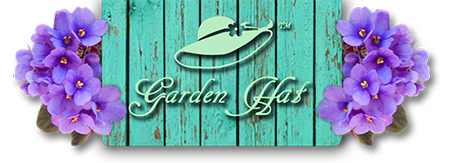Christmas Cacti Basics
Sweet and short.

Christmas cactus, Schlumbergera bridgessii
Christmas Cacti are a very popular, winter-flowering houseplant that is very hardy and long-lived when given good care. Some people have kept them for ten years in a window indoors and they flower every year.
When I say “good care”, a bright, sunny, south or east facing window, an adequate sized pot, “good” potting soil and proper watering and feeding is a given.
Lighting & Environment
Christmas cacti love sun, I’ve had my mother plants outside in the summer in a spot that gets dappled shade during the hottest part of the day, particularly afternoon, but almost full sun in the mornings and as long as I make sure they don’t dry out, they THRIVE!

My christmas cacti will stay outside from about May 1 (or whenever the nights are RELIABLY at 55 degrees at least and since I live in southern Wisconsin, who knows when THAT will be!!!) until the temps start to fall at night into the low 50s or upper 40s in the fall.
By then, they will have grown like crazy, putting out a lot of new growth, they’ll be “de-bugged” with cold-pressed Neem and brought back into the house for a spot in my south-facing windows. Soon after, I’ll see buds starting to form on the stems – generally around October – then about a month later, the beautiful show begins with two or three flushes of flowers!
Soil & Watering
My potting soil is a mix suitable for African violets with added perlite to loosen it even more and earthworm castings for the added boost and most of the pots are sub-irrigated planters. I admit I have one “old-timer” that’s in a conventional pot and has done well, BUT the soil tends to dry out too much and since the plant needs to be potted up this spring, it will get a nice sub-irrigated pot to keep it moist.
Now, when I say “moist”, I don’t mean WET, SOPPY or SLOPPY! The sub-irrigated pots I use have a decent sized reservoir with good “over-fill” drainage, so once they’re full, they don’t allow the plant to become swampy. These cacti are not “dry land” cacti, but actually are found in the coastal mountains of south-eastern Brazil. They are found growing on trees in semi-shady areas with high humidity, so you might consider them somewhat tropical. They don’t like to be left “high and dry”!
Fertilizing
I’ve gotten into the habit of fertilizing when I water – this comes from having African violets – ¼ strength houseplant fert. I use a plant food meant for African violets and my cacti have bloomed three times this year!
These guys are easy, are beautiful and now come in such a wide array of stunning colors including yellows; they are a lift during the gray, dreary days of winter, everyone should try them!
Why Ebay is the devil
Selling Hiatus - Explaining Our Absence: In case you've been wondering... Ebay policies and scammy buyers made us step back I’ve been absent for a [...]
Wicking Trays for African Violets
Wicking Trays: Somebody always comes up with a better mousetrap! Somebody always comes up with a better mousetrap! I’ve been trying to come up [...]
African Violet Leaf Types
African Violet Leaf Types: Basic but worth learning! African Violets vary on so many levels. Aside from the types and colors of flowers or [...]
Garden Adventures – Burlington Garden Center
Garden Adventures: A Garden Gem in Burlington, Wisconsin A Garden Gem in Burlington, WI For Mother’s Day, I went on a [...]











Leave A Comment
You must be logged in to post a comment.